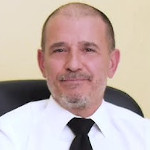Training Offer
Standards in Complex Pediatric Surgery
Scientific Reference

Girolamo Mattioli
girolamomattioli@gaslini.org - international@gaslini.org
+39 010 5636.2878
©
2024 - 2025
Gaslini International - All rights reserved. P.Iva 00577500101


 IT
IT